Calyampudi Radhakrishna Rao, the renowned mathematician and statistician, passed away on Tuesday, 22 August. He was 18 days away from turning 103. Popularly known as CR Rao, the man had many titles, be it ‘Legendary Mathematician’, ‘Statistics Professor’ and ‘Statistician’. The University of Buffalo, on its home page, called Mr Rao ‘a rockstar’ in the field of statistics.
An illness was stated to be the cause of death, as he breathed his last in Buffalo, New York. Tributes and condolences poured in from peers, friends, and family and regret at his passing on social media, as well as commending his monumental achievements in the field of statistics.
At the beginning of 2023, he was awarded the International Prize in Statistics, equivalent to the Nobel Prize in this field. This was a significant accomplishment, considering he was a centenarian and one of the very few upon whom this honour was bestowed. He was also awarded the Padmabhushan in 1968, Padma Vibhushan in 2001 and SS Bhatnagar Award. He also received the Wilks Medal of the American Statistical Association in 1979 and the US National Medal of Science in 2002.
Who was CR Rao?
Rao was born on 10 September 1920 to a Telegu family in Hadagali, Bellary, Madras Presidency (now in Karnataka) to politician mother A. Lakshmikanthamma and policeman father C. Doraswamy Naidu. Different from most kids, mathematics as a subject was not scary for him. In fact, by the age of 5, he had memorised up to 16 tables with adroitness. Why 16? Around 1915, Andhra Pradesh was under British rule. In those days, the value of one Indian Rupee was identical to 16 Annas. Anna was the baseline for all monetary transactions, and the math was 4, 8, 12 and 16 Annas.
His early schooling was conducted in Gudur, Nuzvid, Nandigama and Vishakhapatnam. He received an MA in mathematics from Andhra University, followed swiftly by an MA in statistics from Calcutta University in 1943. He then obtained a PhD from Cambridge University in 1948, with a thesis titled “Statistical problems of biological classification.”
His work spanning seven decades contained enormous advances in anthropology, chemistry, econometrics, geology, biology, psychology, social sciences and national planning. In particular, physics has his well-known Hiesenberg’s Uncertainty Principle. The Rao-Blackwell theorem is considered some of his best work. His triumphs include publishing 14 books, over 400 journal publications and 38 honorary doctoral degrees from universities.


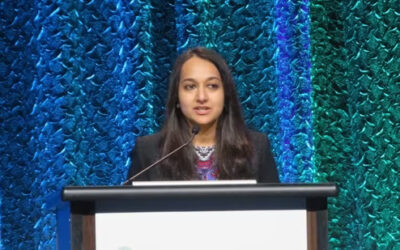

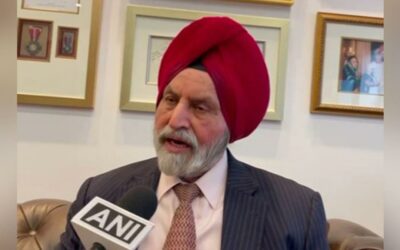


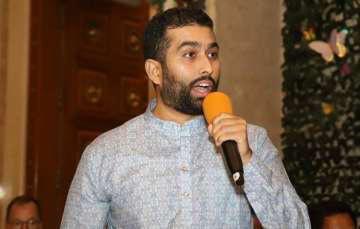




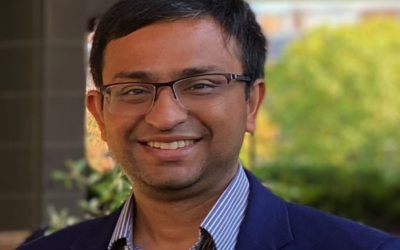
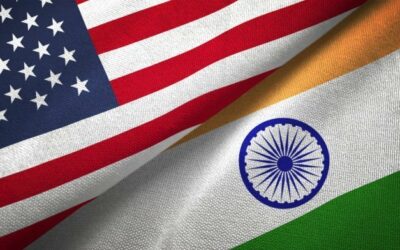
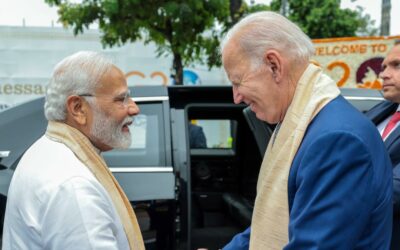






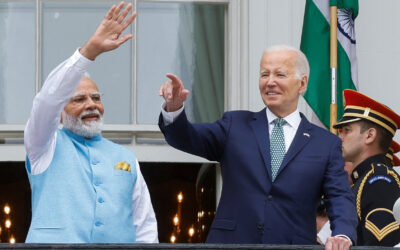
0 Comments